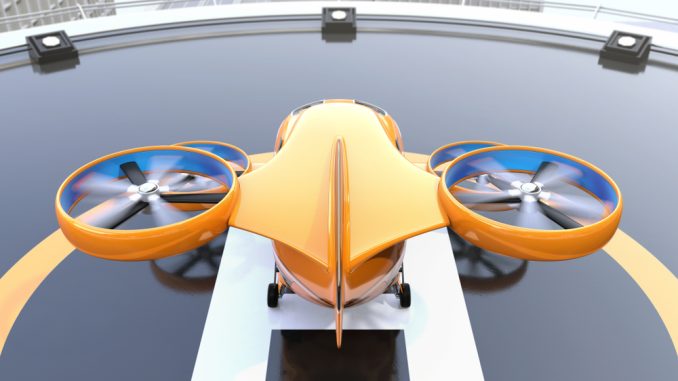
In a notice by the National Aeronautics and Space Administration on the Federal Register published today, the agency is proposing a new programme: “Remotely Administered Psychoacoustic Test for Advanced Air Mobility Noise Human Response” and is seeking comments from public and industry responders to the effectiveness of the proposed programme.
According to the notice:
“The National Aeronautics and Space Administration (NASA) seeks to gather data on the human noise response to AAM aircraft through the Varied AAM Noise and Geographic Area Response Difference (VANGARD) laboratory test. The VANGARD test will play recorded and electroacoustically reproduced sounds of different single AAM aircraft flyovers to test participants and ask for their annoyance response to each sound. The VANGARD test is one of many initial psychoacoustic tests being planned to gather data for research purposes on AAM vehicle noise response. VANGARD test objectives are not designed to affect existing or proposed aircraft operations, and its objectives are not designed to affect noise policy. One aspect of the VANGARD test that is different from many other psychoacoustic tests on AAM vehicle noise is that it will be conducted using an online test application and gather human response data from geographically diverse participants. By addressing insufficient data on AAM aircraft noise response, VANGARD test results will allow subsequent studies on human noise response to AAM aircraft to be more informed in their design and test objectives. The VANGARD test seeks to answer the following research questions that will serve as a foundation for further investigations with laboratory and community testing of AAM/UAM noise human response:
- Do annoyance responses differ between respondents who reside in low versus high ambient noise environments? Here, “low” and “high” ambient environments are determined from the A-weighted L50 data produced by the National Park Service for different United States Postal ZIP Codes.
- Do annoyance responses differ as a function of the phase of flight? Here, the phases of flight are the landing, takeoff, and cruise phases.
- Do annoyance responses differ as a function of distance from take-off and landing operations?
- Is there a correlation between annoyance ratings and objective parameter analyses of the data? Examples of objective parameters include, but are not limited to, sound quality metrics, spectra, sound exposure level, and amplitude envelope shaping.
- Is there a correlation between annoyance ratings and noise sensitivity, measured from subject questionnaire data?
Comments are invited on: (1) Whether the proposed collection of information is necessary for the proper performance of the functions of NASA, including whether the information collected has practical utility; (2) the accuracy of NASA’s estimate of the burden (including hours and cost) of the proposed collection of information; (3) ways to enhance the quality, utility, and clarity of the information to be collected; and (4) ways to minimize the burden of the collection of information on respondents, including automated collection techniques or the use of other forms of information technology.
For more information
https://www.federalregister.gov/documents/2025/04/22/2025-06869/agency-information-collection-remotely-administered-psychoacoustic-test-for-advanced-air-mobility
(Image: Shutterstock)

